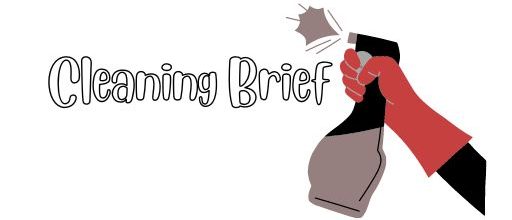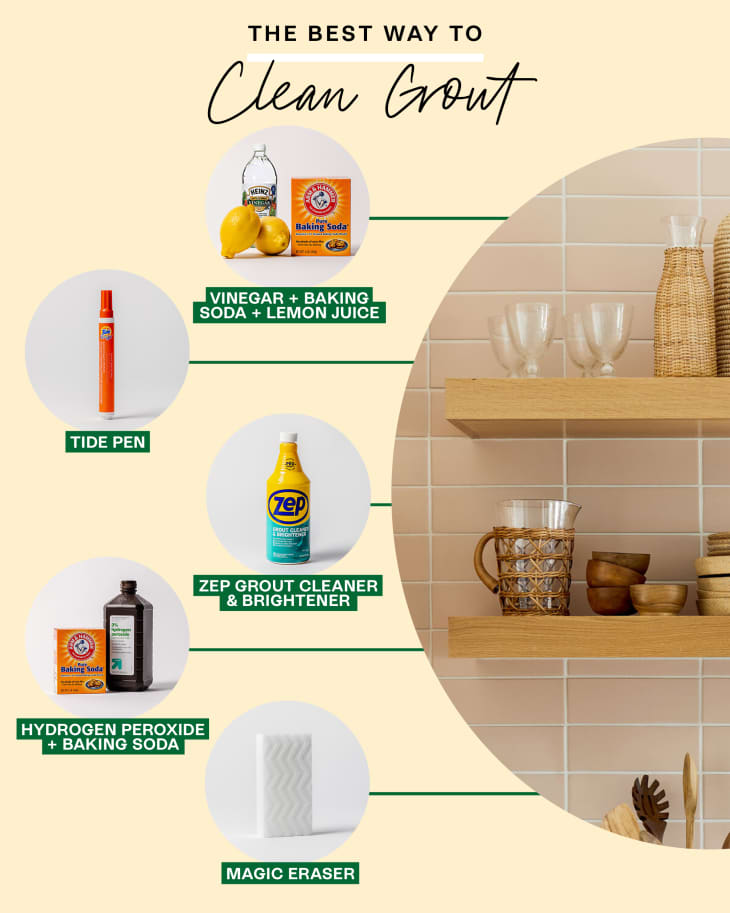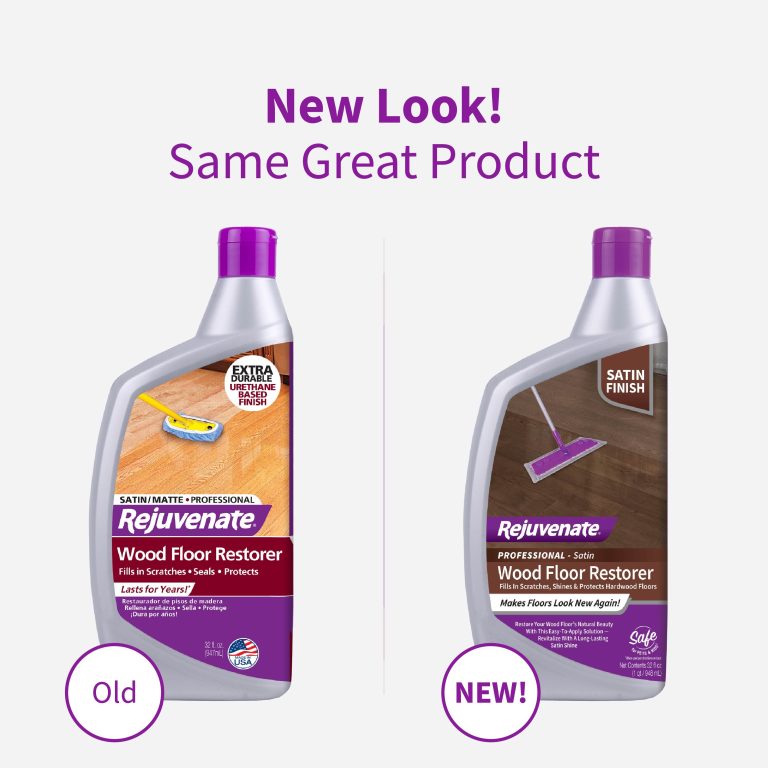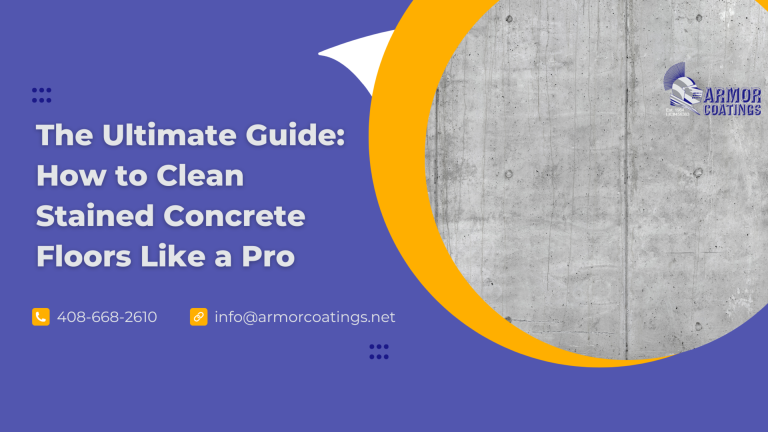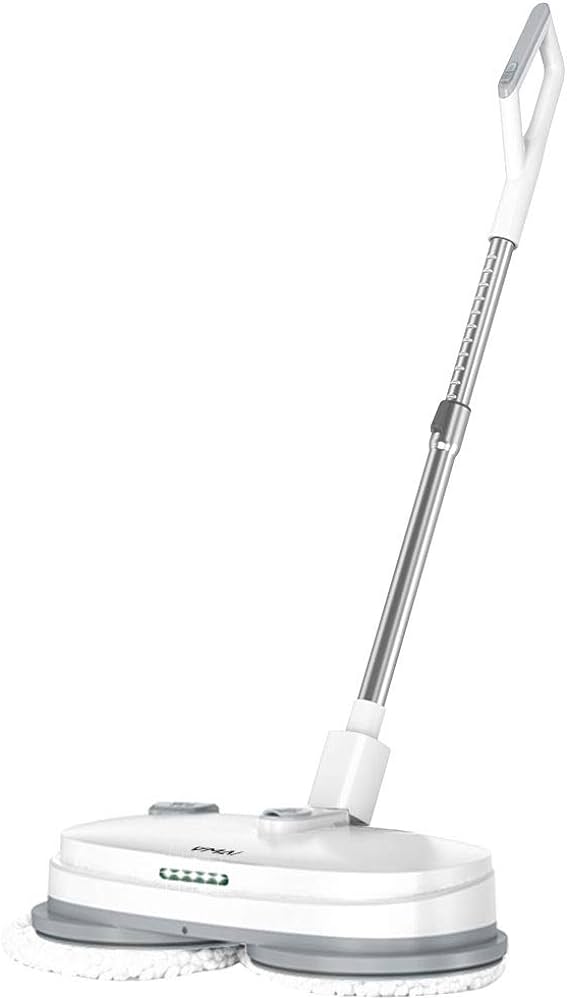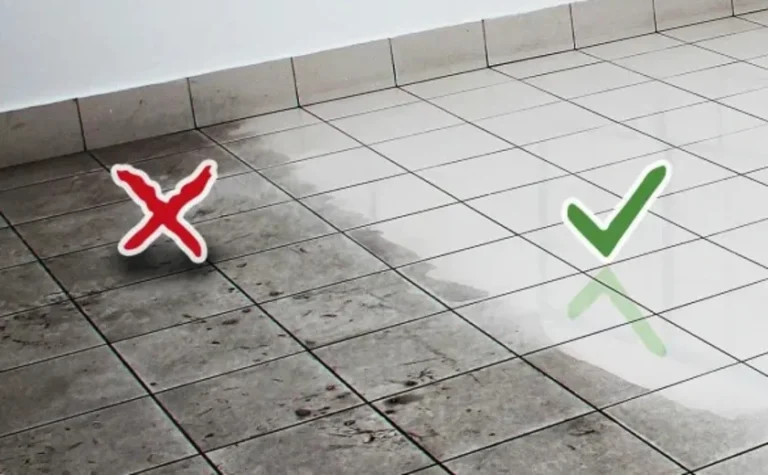How to Clean the Shower Floor: Easy and Effective Techniques
To clean the shower floor, mix a solution of equal parts white vinegar and water. Scrub the floor using a non-abrasive sponge or brush, then rinse thoroughly with warm water.
Choosing The Right Cleaning Products
When it comes to keeping your shower floor clean and sparkling, choosing the right cleaning products is essential. While many options are available, it’s important to understand the different types of cleaning products and make an informed choice. In this section, we will explore the various cleaning products available for cleaning your shower floor and discuss the advantages and disadvantages of natural vs. chemical cleaners.
Understanding Different Types Of Cleaning Products
Cleaning products can be categorized into different types based on their composition and purpose. It’s crucial to understand these types to determine which one is best suited for your shower floor.
| Type | Description |
|---|---|
| All-purpose cleaners | These cleaners are versatile and can be used on multiple surfaces. They are effective in removing dirt, grime, and soap scum from shower floors. |
| Disinfectants | Disinfectants are specifically designed to kill bacteria, viruses, and fungi. They are ideal for eliminating germs in your shower area. |
| Vinegar-based cleaners | These cleaners contain vinegar as the main ingredient. Vinegar has natural cleaning properties and can effectively remove stains, mildew, and soap scum. |
| Tile and grout cleaners | These cleaners are formulated specifically for cleaning tile and grout. They are effective in removing tough stains and keeping your shower floor tiles spotless. |
Natural Vs. Chemical Cleaners
When it comes to choosing cleaning products, you may be torn between natural and chemical options. Let’s explore the differences and considerations for each:
Natural Cleaners
- Natural cleaners are made from non-toxic ingredients, making them environmentally friendly and safe for your family, including pets.
- They often have a milder scent compared to chemical cleaners, making them more suitable for individuals with sensitivities or allergies.
- While natural cleaners are effective for regular maintenance and light cleaning, they may not be as powerful against stubborn stains or heavy buildup.
Chemical Cleaners
- Chemical cleaners are formulated with strong ingredients that can effectively tackle tough stains, mold, and mildew.
- They are generally more powerful and can provide a deep clean, making them ideal for heavily soiled shower floors.
- However, some chemical cleaners may contain harsh chemicals that can be harmful to the environment and your health.
Ultimately, the choice between natural and chemical cleaners depends on your preferences, cleaning needs, and concerns. It’s important to follow the instructions and safety precautions provided by the manufacturer when using any cleaning product.
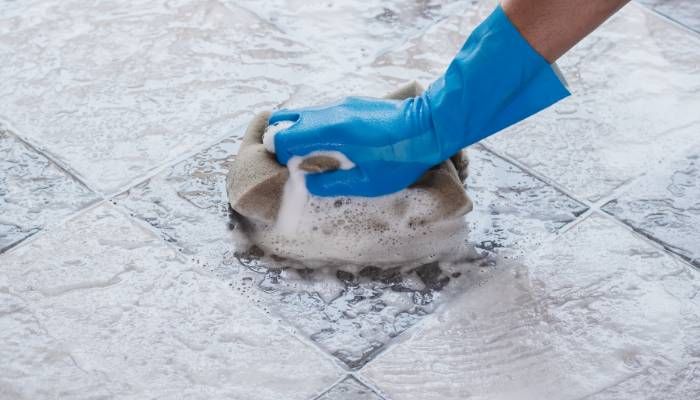
Credit: www.certifiedcleancare.com
Pre-cleaning Preparation
Before you start cleaning the shower floor, it’s essential to do some pre-cleaning preparation. Begin by removing any items from the shower and sweep or vacuum the floor to remove loose debris. This will make the cleaning process much more effective and ensure a spotless shower floor.
Removing Items From The Shower
Before you begin cleaning the shower floor, the first step is to remove any items or clutter from the shower area. Make sure to clear out shampoo bottles, soap dishes, loofahs, and any other accessories that might be lying around. Removing these items will allow you to thoroughly clean the entire shower floor without any obstructions.
Rinsing The Shower Floor
Once the shower area is clear, the next step is to rinse the shower floor. Start by turning on the shower and adjusting the temperature to a comfortable level. Allow the water to flow freely onto the floor, ensuring that it covers every corner of the surface.
Rinsing the shower floor helps to remove any loose dirt, hair, or debris that may have accumulated. It is important to be thorough in this step, as it lays the foundation for a clean and hygienic shower floor.
If you notice any stubborn stains or grime during the rinsing process, don’t worry. We will address those in the next steps.
One helpful tip is to use a handheld showerhead or a detachable nozzle. This allows you to direct the water where it is needed the most and makes the rinsing process even more effective.
Scrubbing And Cleaning Techniques
When it comes to cleaning your shower floor, scrubbing and cleaning techniques play a crucial role in maintaining a spotless and hygienic environment. Here, we will discuss effective methods for scrubbing and cleaning, ensuring your shower floor stays pristine and free of stubborn stains. Let’s delve into the different techniques to achieve a sparkling clean shower floor.
Using Scrub Brushes Or Sponges
Scrub brushes or sponges are essential tools for effectively cleaning the shower floor. Start by wetting the floor with water and apply a mild cleaning solution. Utilize a scrub brush or sponge to work the cleaning solution into the floor. Concentrate on circular scrubbing motions to lift dirt and grime. Ensure thorough coverage of the entire surface, including corners and grout lines. Rinse the floor with water after scrubbing to remove any remaining cleaner.
Addressing Stubborn Stains
Some shower floors may have stubborn stains that require additional attention. If you encounter stubborn stains, consider using a mix of baking soda and water as a paste to target the area. Apply the paste onto the stain and allow it to sit for a few minutes before scrubbing with a brush or sponge. For tough stains, a commercial grout cleaner or mild acid-based solution can be utilized, following the product instructions carefully to avoid damage to the floor. Always rinse the floor thoroughly after addressing stubborn stains to ensure no residue remains.
Post-cleaning Maintenance
After completing the task of cleaning your shower floor, it is essential to follow post-cleaning maintenance steps to ensure that it stays clean and in good condition for longer. This includes drying the shower floor and implementing preventive measures to avoid future build-up.
Drying The Shower Floor
To prevent the growth of mold and mildew, it is important to thoroughly dry the shower floor after cleaning. Leaving any moisture behind can create a damp environment that facilitates the growth of these harmful substances.
- Use a clean, dry towel or squeegee to wipe away excess water from the shower floor.
- Pay close attention to corners, crevices, and grout lines where moisture tends to accumulate.
- Allow the shower floor to air dry for some time before closing the shower curtain or door.
Preventing Future Build-up
Implementing preventive measures can significantly reduce the frequency of shower floor cleaning and keep it looking fresh and clean for longer. Here are some tips to help you prevent future build-up:
- Regularly clean the shower floor to remove any soap scum, dirt, or grime that may accumulate over time.
- Apply a suitable waterproof sealer or grout sealer to the shower floor and grout lines. This will help protect them from moisture and make it easier to clean.
- Consider using a shower mat or non-slip adhesive stickers to prevent excessive wear and tear on the shower floor surface.
- Avoid using abrasive cleaners or harsh chemicals that can damage the shower floor material and promote the build-up of residue.
- After each use, rinse the shower floor with clean water to remove any leftover soap or shampoo.
By following these post-cleaning maintenance steps, you can keep your shower floor clean, hygienic, and free from any unsightly build-up. Remember to be consistent with your cleaning routine to maintain a fresh and inviting showering environment for years to come.
Regular Cleaning Schedule
Maintaining a regular cleaning schedule for your shower floor is essential. Learn how to effectively clean and keep your shower floor spotless with these simple steps.
Establishing A Routine
Keeping your shower floor clean and sparkling doesn’t have to be a daunting task. By establishing a regular cleaning schedule, you can ensure that your shower stays hygienic and free from grime buildup. Consistency is key when it comes to maintaining a pristine shower floor.
Tips For Quick And Efficient Cleaning
Here are some practical tips to help you clean your shower floor quickly and efficiently:
- Gather your cleaning supplies: Before you begin cleaning, make sure you have all the necessary supplies at hand. This includes a scrub brush or sponge, an all-purpose cleaner or vinegar solution, and a microfiber cloth or towel for drying.
- Pre-treat stains: If you notice any stubborn stains on your shower floor, it’s best to pre-treat them before you start cleaning. Apply a small amount of cleaner or vinegar directly onto the stain and let it sit for a few minutes to loosen the grime.
- Scrub in circular motions: Using your scrub brush or sponge, start scrubbing the shower floor in circular motions. This technique helps to effectively remove dirt and grime from every nook and cranny.
- Pay attention to grout lines: Grout lines can be a breeding ground for mold and mildew, so make sure to pay extra attention to them while cleaning. Use an old toothbrush or grout brush to scrub the grout lines and remove any buildup.
- Rinse thoroughly: After scrubbing, rinse the entire shower floor thoroughly with warm water. This will wash away any remaining cleaning solution or residue.
- Dry the floor: To prevent water spots and mineral deposits, use a microfiber cloth or towel to dry the shower floor completely. This step not only keeps your shower looking clean but also helps to prevent slips and falls on wet surfaces.
- Maintain cleanliness: To maintain a clean shower floor, make it a habit to wipe down the surface after every use. This simple step can help prevent the buildup of soap scum and grime, making your regular cleaning routine even easier.
By following these tips and establishing a regular cleaning schedule, you can effortlessly keep your shower floor fresh and inviting. Remember, consistency is key, so make cleaning your shower floor a regular part of your household chores.
/how-to-clean-a-shower-4580788-hero-0f25c563b0c8474088ffb2a0cb68e2e8.jpg)
Credit: www.thespruce.com

Credit: www.neelson.in
Frequently Asked Questions For How To Clean The Shower Floor
How Often Should I Clean The Shower Floor?
It is recommended to clean the shower floor at least once a week to prevent the buildup of soap scum, mold, and bacteria. Regular cleaning will help maintain a hygienic and inviting shower environment.
What Is The Best Way To Clean A Shower Floor?
To clean a shower floor effectively, start by removing any visible debris or hair. Then, apply a mixture of warm water and mild shower cleaner, scrub with a non-abrasive brush or sponge, and rinse thoroughly. For stubborn stains, a paste of baking soda and water can be used.
Can I Use Bleach To Clean The Shower Floor?
While bleach can be effective for removing mold and mildew stains on the shower floor, it is important to use it sparingly and with caution. Ensure proper ventilation, dilute the bleach with water, wear gloves, and thoroughly rinse the floor after cleaning to avoid damage and potential health risks.
Conclusion
Maintaining a clean shower floor is essential for a hygienic and visually pleasing bathroom. By following the step-by-step guide provided in this post, you can effectively remove grime and prevent future buildup. Regular cleaning efforts will ensure a sparkling shower floor and a refreshing bathing experience.
